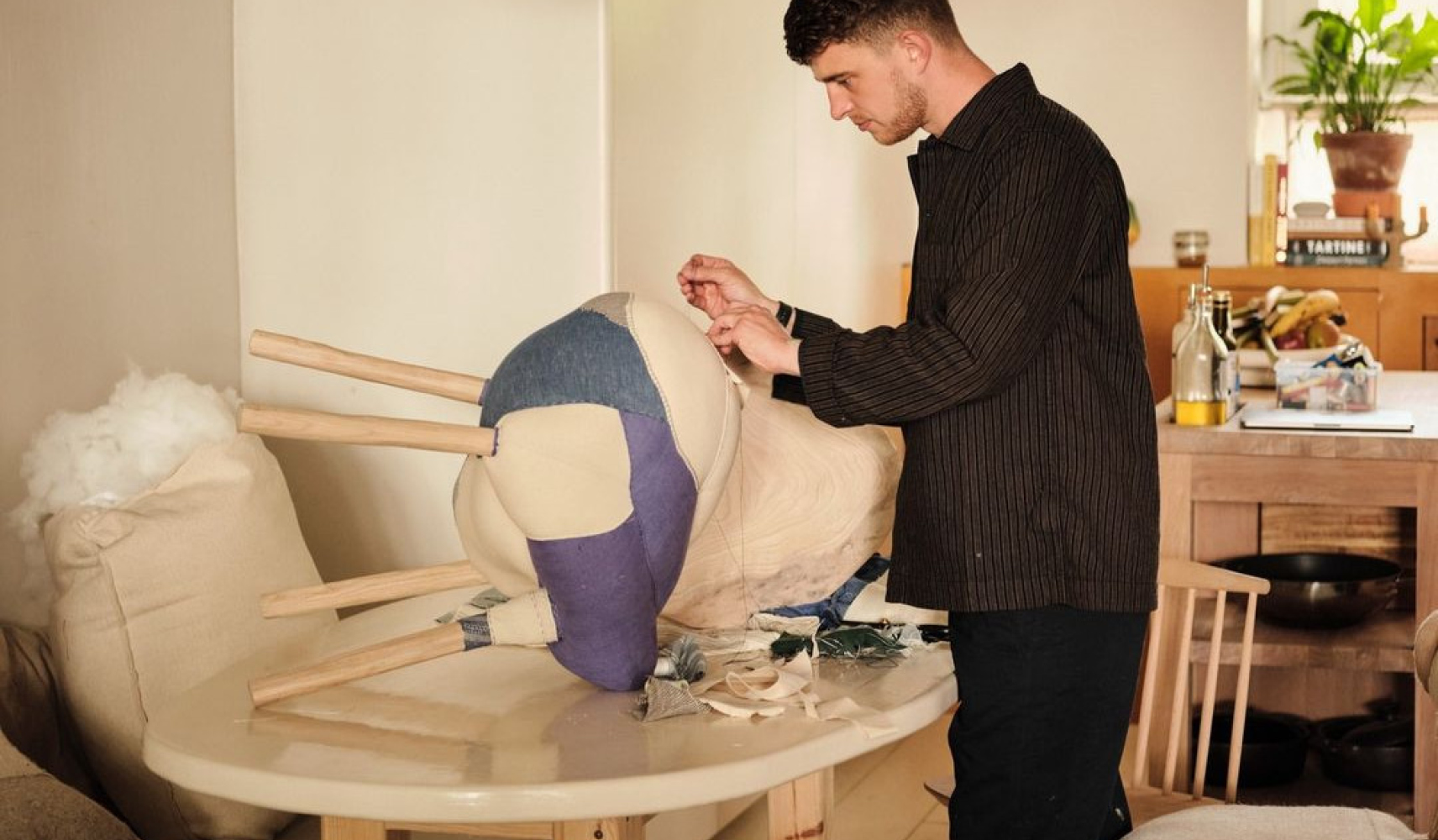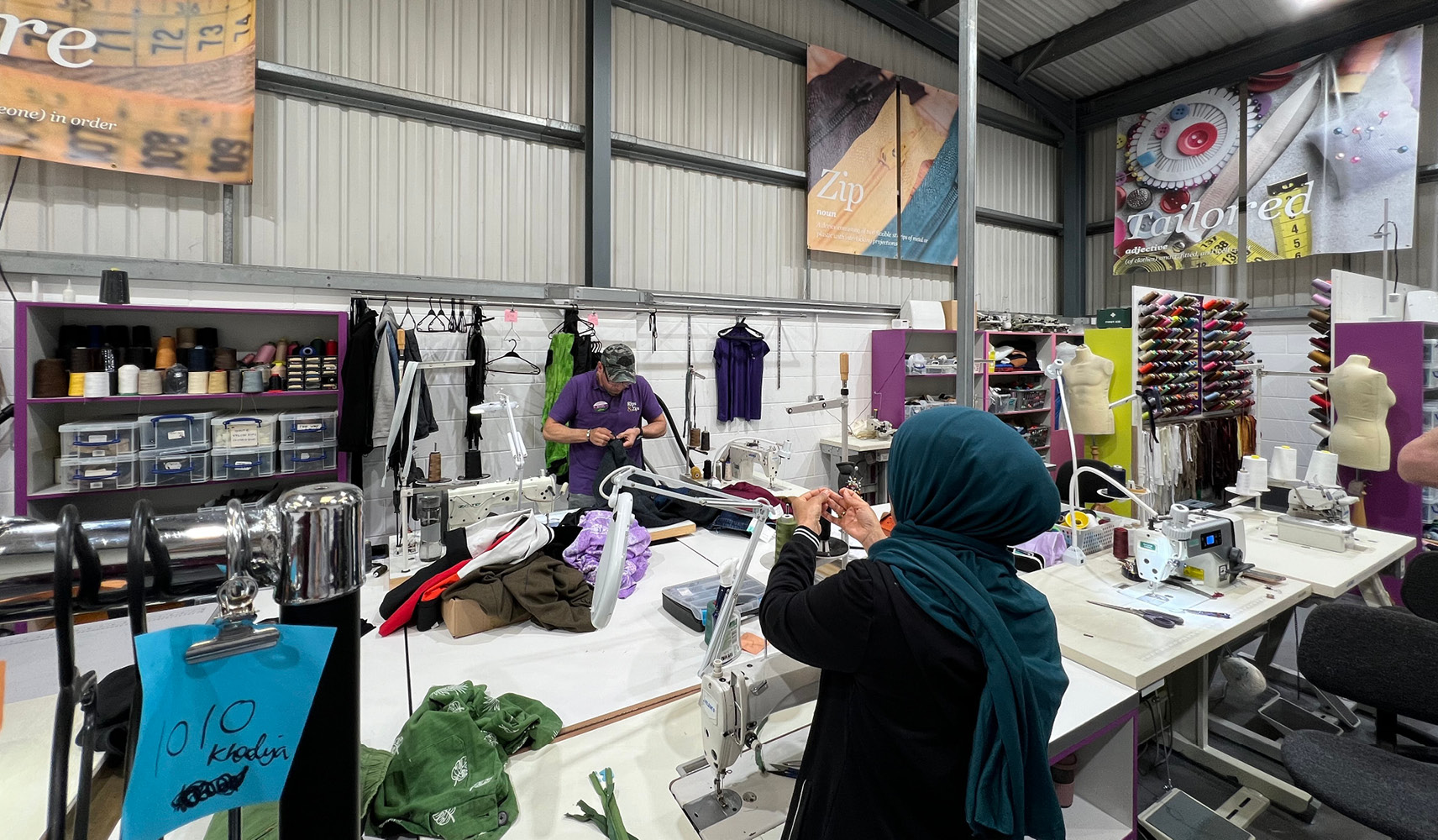Why Repairability is Essential for the Future Homeware Industry
 Bookhou
Bookhou As retailers and brands navigate chaotic legislative change and confusion around changing tariffs, a greater focus now falls on exploring domestic production and shorter supply chains.
For 2025, repairability continues to be a key consideration and become a vital part of product lifecycles in the homeware industry. Growing environmental awareness and financial pressures will see householders increasingly looking to maintain and fix items themselves rather than purchase new ones. We will also see growing attention on place and provenance in how interior products are sourced, made and sold.

“The future’s most successful and savvy brands will be those who deeply consider how repairability can be fully incorporated into their design processes. Contemporary consumer needs for cost reduction and the desire to limit environmental impact can be met when a product’s full lifecycle is considered.”
Hannah Craggs, Head of Subscription, TrendBible.
Fix it first
What we forecast in 2023:
Statistics show that householders are tapping into circular mindsets and are increasingly looking to fix or repair broken items rather than replacing them with new ones. This marks a vital shift in awareness of consumption habits, influenced by the ongoing cost of living crisis as well as environmental concerns.

What we can now see:
In 2025, visible mending continues to emerge for soft decorative accessories, as daily wear and tear is turned into playful decoration. Donna Wilson’s sale of “Care & Repair Kits” that aim to give accessories a new lease of life demonstrate this consumer want. Each kit contains materials, darning needles and a wool comb to help consumers repair holes and well-worn patches. To actively encourage sustainable skills they’ve also created a series of free videos to teach product owners how best to mend their knitted treasures using variety of darning and patching techniques.
A Demand for Repairability
What we forecast in 2023:
Conscious consumers are demanding brands and retailers to act, and statistics indicate that repairability and longevity is a key purchase-driver, particularly for big-ticket items such as furniture or home electricals. Customers want to shop with brands and retailers that allow them to consume responsibly.

What we can now see:
Supporting a circular economy, the furniture category sees an increased “designing with made-to-last mindset”, with the potential to be repaired if needed. Furniture on castors, and tables with adjustable heights or removable tops, provide flexibility to consumers seeking to invest in pieces that adapt to their needs. Look to the example of Danish brand TAKT, who retail all components and spare parts individually as well as full product bundles. Notably, repair kits expand into this category too as seen at Act of Caring, who create affordable kits that extend the life of marble, wood and tech homeware products.
Opportunity for Reduced Waste
What we forecast in 2023:
A focus on repair and reuse over repurchasing could significantly impact the amount of waste that furniture and homewares contribute to landfills. SUEZ’s estimates reveal that the homeware industry is missing an opportunity to put products back into use and avoid it going to waste in the first place. Dr Adam Read, Chief External Affairs and Sustainability Officer at SUEZ explains, “Repair is a fundamental element of the circular economy and a key component in our fight against climate change.”

What we can now see:
Repair goes mainstream, as demonstrated by John Lewis expanding their “Repairs & Alterations Service” in partnership with Timpson across all stores from Spring 2025. Customers are now able to drop off selected homeware items to be cleaned, repaired or altered in any of the department store’s locations around the UK.
“Repair is a crucial part of the circular economy and mirrors our commitment to designing items with quality and longevity in mind, as part of our circular strategy.”
John Lewis Partnership Director of Ethics and Sustainability, Marija Rompani.
What role will repairability and circularity play in future-proofing your brand?
Available on My TrendBible, our Big Picture Macro Reports for 2026 and 2027 explore future consumer attitudes towards sustainable living and self-sufficiency. My TrendBible Premium is a trend subscription platform designed to ignite inspiration, stimulate innovative ideas, instil confidence in your teams to act upon trends, and offer validation from across the globe.